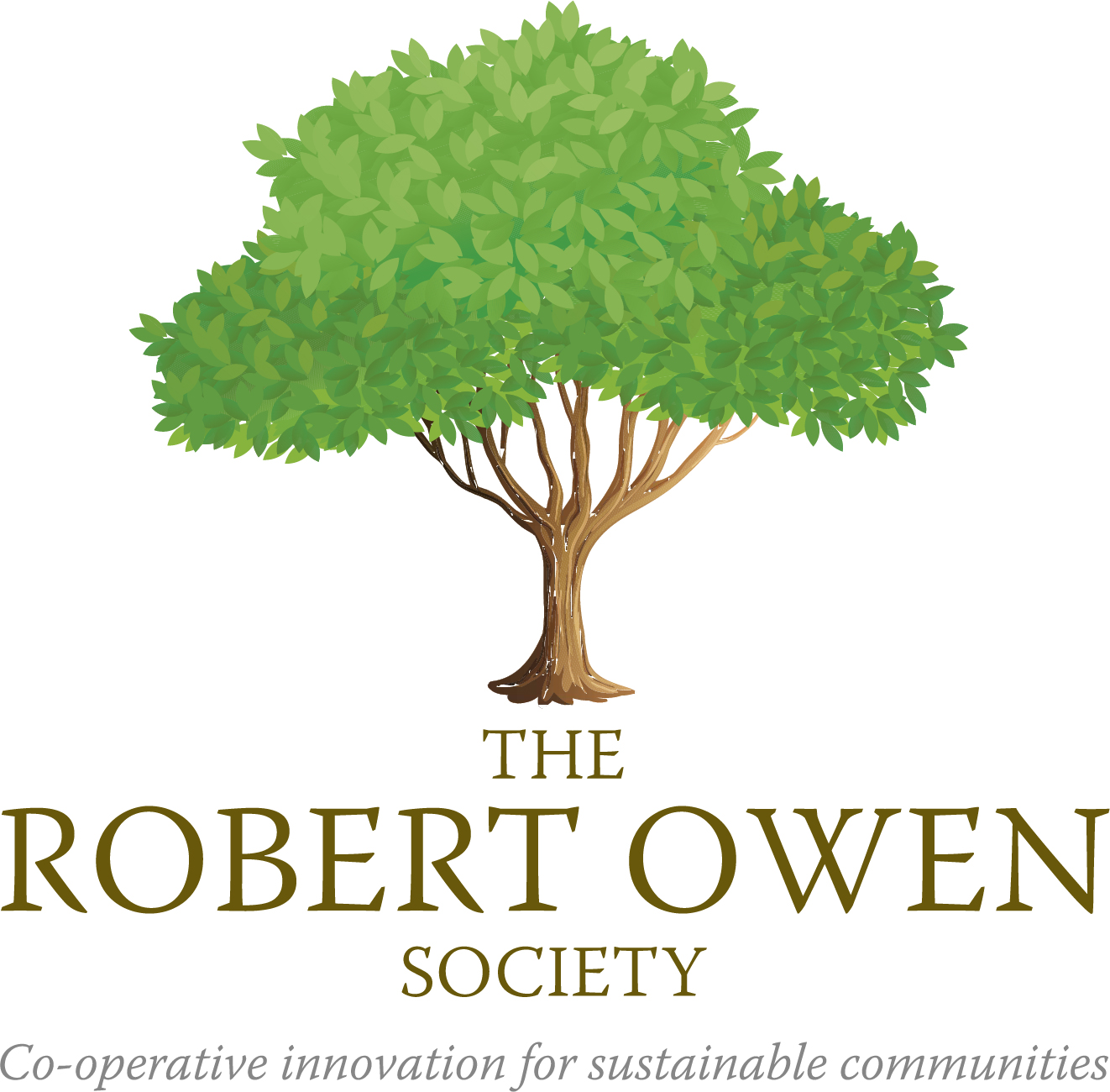
Re:wild Your Campus is giving college students the opportunity to reimagine their campus with a focus on climate resilience. The initiative is the result of a new partnership between the global conservation organization Re:wild and the student-founded organization Herbicide-Free Campus.
Mackenzie Feldman, Founder of Herbicide-Free Campus and now Project Director of Re:wild Your Campus, wants to challenge the college campus aesthetic in the United States. Feldman is urging students to think about ways that their campuses can save water, build soil health, reintroduce native species, and increase edible landscapes. She suggests starting with an understanding of the history of the space and to, “think about what plants used to thrive here before colonization. Thinking beyond the green grass, colonial aesthetic, we’re asking college students to ask themselves what they want their campus to look like.”
Feldman recognizes that shifting mindsets and going herbicide-free will require hard work and committed grassroots action. This is why Re:wild Your Campus offers an array of resources to assist students in the rewilding process, including a yearly fellowship for college students across the United States. The 10-month fellowship provides students with education on topics such as organic land management, communication, writing, and environmental justice to lay the groundwork and ultimately commit their universities to go herbicide and pesticide-free.
Re:wild Your Campus also offers free boot camps to provide student and non-student advocates with the combined knowledge of pesticides and skills of organizing to reimagine what is possible in their communities. The virtual boot camps take place over three intensive days where participants learn about topics including the science behind pesticides and climate change, environmental justice, and the agrochemical industry.
Herbicide-Free Campus began in 2017 as a student led program working to reduce toxic herbicide use on college campuses. Feldman tells Food Tank, “When we were Herbicide-Free campus, we were already doing so much more than that. We were thinking about how schools can save water, build soil health, and increase edible landscapes. From the beginning, we really wanted to tie herbicide use into the larger climate movement and into biodiversity loss.” Re:wild Your Campus offers a new opportunity for college students to become directly involved in their community while broadening the global effort to protect and restore the wild.
Feldman hopes that the partnership between Herbicide-Free Campus and Re:wild will help expand on the intersections of the climate movement and engage students with a diverse range of interests and backgrounds who may not know about herbicides.
Communications Specialist Milo Putnam adds that Re:wild’s work, focused on the protection and restoration of the wilderness, was often out of the public’s view. Re:wild Your Campus, he tells Food Tank, gives them the chance “to connect with our audience and encourage action in our own communities.”
According to the National Center for Education Statistics, there are more than 19 million students enrolled in the United States’ 4,000 colleges and universities. These institutions spend nearly US$671 billion each year, situating them as important economic drivers and influential players in the environmental movement. In an attempt to keep up with changing times, colleges and universities are constantly adapting, Feldman explains. “There is a really ripe opportunity to make sure that when things change,” Feldman tells Food Tank, “they are changing in ways that are beneficial to the environment as well as to human health.”
“Somewhere along the way, we lose our innate curiosity and just accept our surroundings as they are,” says Feldman, “We are trying to remind people that they don’t have to be surrounded by cancer-causing pesticides. We don’t have to be contributing to the loss of biodiversity. We can help people shift their mindset and reimagine college campuses as climate resilient spaces.”
With thanks to FoodTank.com
